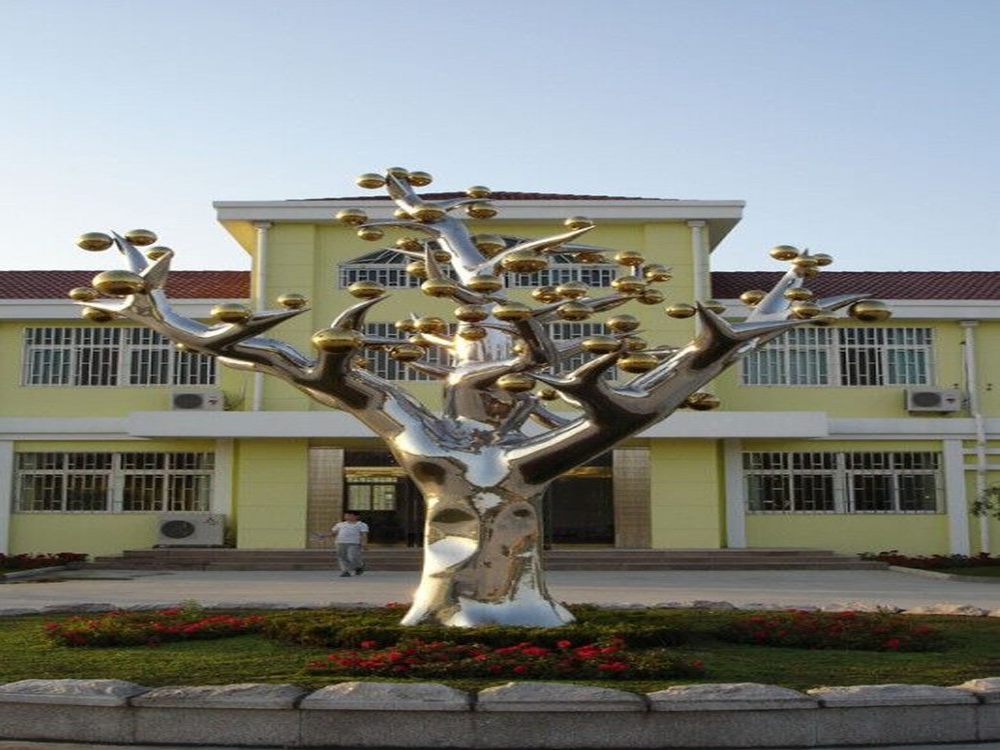
Creating tessellated patterns on bronze sculptures requires both artistic vision and technical skill. Here are the five most common techniques used by master sculptors:
1. Hammer and Chisel Method:
The traditional approach involves carefully hammering geometric patterns directly into the bronze surface using specialized chisels. This technique allows for precise control but demands exceptional craftsmanship.
2. Lost Wax Casting with Pre-Patterned Models:
Artists create tessellated designs in wax models before casting. The wax is carved or impressed with patterns that transfer perfectly to the bronze during the casting process.
3. Acid Etching:
A chemical process where resist materials are applied in geometric patterns before acid treatment. The acid eats away exposed areas, creating crisp tessellations with remarkable consistency.
4. CNC Machining:
Modern sculptors use computer-controlled routers to mill intricate tessellated patterns into bronze blocks with mathematical precision, enabling complex repeating designs impossible by hand.
5. Repoussé and Chasing:
This ancient metalworking technique involves hammering patterns from both sides of the bronze sheet, creating dimensional tessellations with striking light/shadow effects.
Each method offers unique aesthetic qualities, from the organic imperfections of hand-worked pieces to the flawless symmetry of digitally-assisted designs. Contemporary artists often combine multiple techniques to achieve their desired effects, pushing the boundaries of bronze tessellation art.

